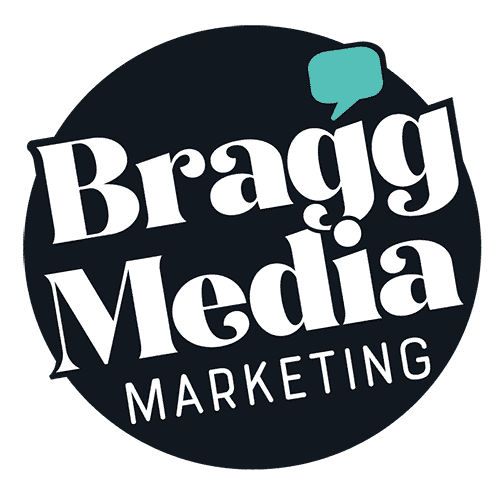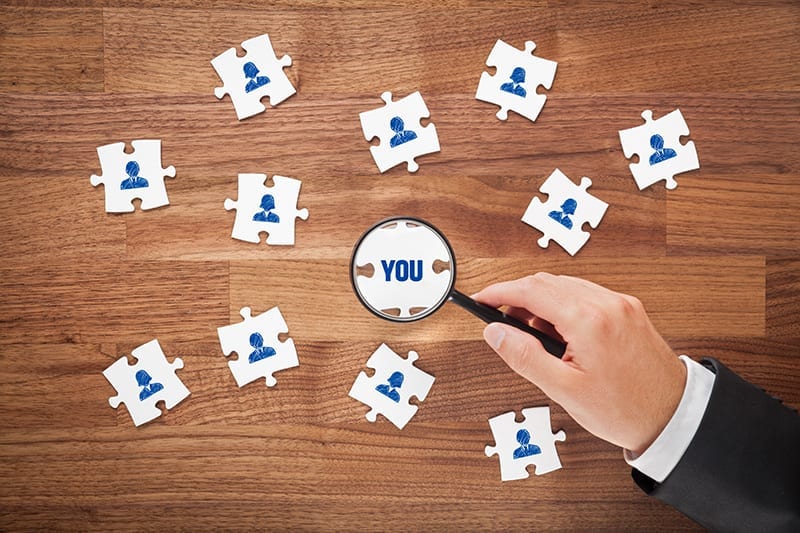
Ever feel like Alexa or Siri is listening? You were just talking about mom jeans (no judgment) and suddenly “Best Mom Jeans Ever” ads are popping up on Facebook?
The jury is still out if our phones or apps are listening to our conversations.
(Apologies, Alexa, for my kids’ constant questions about farts).
One thing is certain: Personalization is becoming more commonplace in marketing. More than 57 percent of consumers were willing to submit personal data for personalized offers. The same source found that 62 percent of consumers expect companies to send them personalized offers.
And business is booming! Amazon reported a 29% increase or $12.83 billion after adopting recommendation algorithms.
The e-commerce megalodon depends on algorithms that recommend items based on past purchases, along with email automation that follows up when customers leave items in their shopping carts and reminds customers of relevant promotions based on previously viewed items.
But what does this mean for the rest of the small business owners floating the corporate stratosphere? Outside of complicated recommendation algorithms, personalization is a marketing strategy more companies are adopting to deliver individualized messages, content and offers to prospects and customers.
Like what you’re reading?
Subscribe to Bragg Media’s
monthly newsletter.
Why does personalization matter?
If you’re paying attention to marketing trends, you may have heard of the flywheel model. Unlike the traditional funnel, the flywheel doesn’t put customers through a process. Instead, the business experience is all about attracting, engaging and delighting the customer.
There is no better way to keep a customer interested and happy than offering an experience that is all about them! Personalization custom tailors customer experiences even before a purchase.
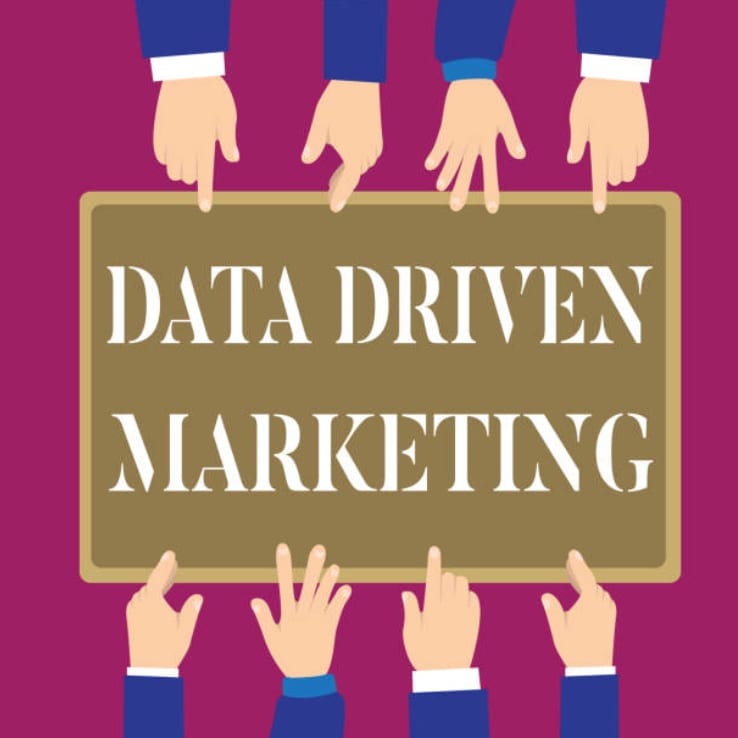
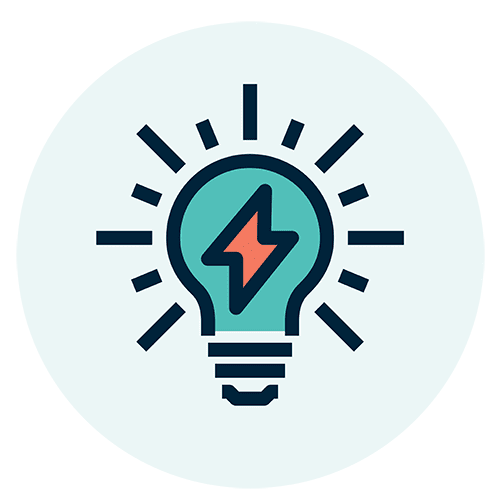 Marketing Retainers
Marketing Retainers
Branding, creative, digital and strategy with results.
Personalization deepens customer relationships
Personalizing the customer experience will result in stronger and deeper relationships. It really doesn’t take much to show your customers that you value their business. Small gestures such as a promotional coupon on birthdays or sending content that they’ve expressed interest in can result in a world of difference to your bottom line. The little things turn customers into brand ambassadors.
EasyJet is a prime example of how to personalize with email. The company dug deep into their data and created individualized stories based on when and where their customers had traveled with EasyJet. They sent more than 12 million unique emails — which resulted in doubled open rates compared to past e-newsletters.
Personalization inspires customer loyalty
With an abundant choices to customers, mass marketing makes customers feel like they need to take it upon themselves to find solutions. With personalization, the customer’s burden to find a solution is lifted. The result? Customers are more engaged with your brand, inspiring loyalty at every point in their buying journey.
Cadbury’s is a great example of narrowing in on what their customers really want. Instead of offering chocolate product recommendations based on sales figures, the company decided to recommend products based on the information collected from their Facebook followers. They reached out to followers and allowed them to create personalized videos (for their loved ones) while recommending targeted products. This resulted in a 33.6 percent conversion rate!

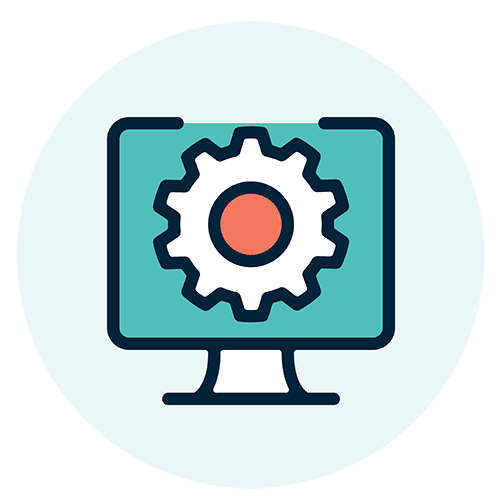 Website Design
Website Design
Affordable website design with a process that works for you.
Personalization increases sales
If Amazon, EasyJet and Cadbury are any indication, personalization can dramatically affect a company’s bottom line. With individualized marketing campaigns, a business will see increases in conversion rates, order sizes and repeat sales. And since these sales are from existing customers, profit margins are higher compared to newly acquired customers.
According to new research, consumers are expecting, if not demanding, highly personalized experiences. And the good news, customers are typically willing to spend more when they receive such custom-tailored service.
Personalization means spending more time on what works, not what doesn’t work
To personalize your marketing, collect data from your prospects and customers. Sure, you can use this information to create targeted promotions. You also can use this data to expend energy on what is working — creating relevant content.
When your business delivers high quality, relevant content, you establish trust, build credibility and cement your authority. Instead of spending more time on content or tactics you think can work (at Bragg Media, we call this the spaghetti test), you’re focusing on what customers are telling you they want.
Personalization in marketing can help significantly increase a customer’s lifetime value — which allows you to take a more aggressive approach to your marketing. Eventually, your business can outspend competitors in ad channels, initiate loss-leader campaigns and scale your business faster.
How small businesses should use personalization
Personalization can be used in many different ways.
With marketing automation platforms such as HubSpot, businesses of any size have the ability to:
- send e-mails recommending products and services related to past purchases
- offer free shipping when customers complete the purchase of an item left in their cart
- deliver “Smart Content”, or content that is intelligently personalized to customer’s needs
- use of first names and/or last names in email subject lines increase open rates
The key to best personalization practices is to keep testing based on demographics and psychographics and to be respectful of customer privacy.
First of all, track the progress of the customer. It doesn’t make sense to constantly follow up with upsell offers if the customer already jumped on that offer. It’s a waste of time and very annoying to the customer.
Start by segmenting your audience from sign-up forms. The options are endless for segmenting your audience — from company size to industry type and from job role to interests.
Many users don’t go to your website with the intent to buy. They are interested in learning more about your brand. Your homepage is a great place to integrate personalization that puts relevant content to the forefront. (Imagine if the homepage mentioned your name!)
By personalizing the homepage to unique visitors, businesses can target the conversion experience and increase both micro and macro conversions. In other words, the user will likely sign up for an e-mail or e-book before making a major purchase. Consider using a smart exit pop-up to entice viewers with one last offer before they leave your website.
Don’t include too many details when personalizing marketing. This will leave customers feeling like their privacy has been violated. Instead, base personalization on how other customers in the same or similar group behave rather than basing it on the individual’s behaviors.
Key takeaways
The bottom line: Personalization is not something that should be overlooked. Around 75 percent of consumers are more likely to buy from companies that remembers their name and sends offers based on previous purchases. What’s more, 77 percent of consumers have invested more into brands that offer a personalized experience.
The challenge with personalization is that it’s not a DIY project. It takes the right technology, the right systems and the right professional to pull it off.
 Bragg Brand Bootcamps
Bragg Brand Bootcamps
For businesses that need a lot of brand identity work, sooner than later.
